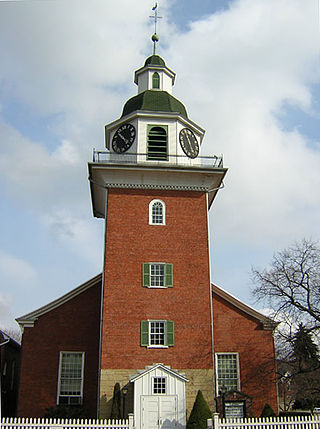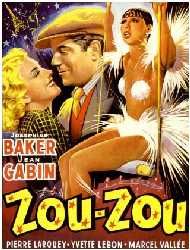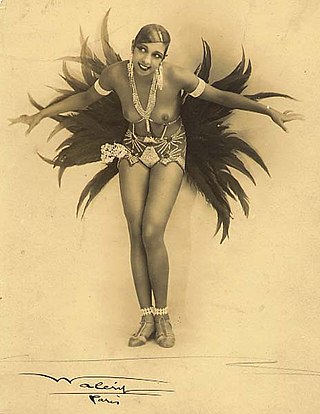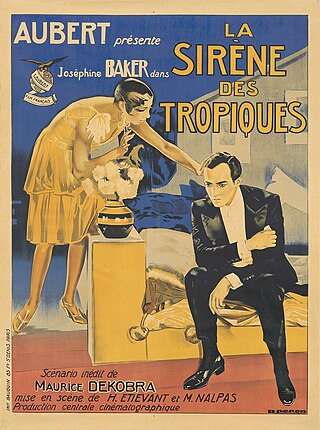
The Harmony Society was a Christian theosophy and pietist society founded in Iptingen, Germany, in 1785. Due to religious persecution by the Lutheran Church and the government in Württemberg, the group moved to the United States, where representatives initially purchased land in Butler County, Pennsylvania. On February 15, 1805, the group of approximately 400 followers formally organized the Harmony Society, placing all their goods in common.

Sir Henry Rider Haggard was an English writer of adventure fiction romances set in exotic locations, predominantly Africa, and a pioneer of the lost world literary genre. He was also involved in land reform throughout the British Empire. His stories, situated at the lighter end of Victorian literature and including the eighteen Allan Quatermain stories, continue to be popular and influential.

Adolf Josef Ferdinand Galland was a German Luftwaffe general and flying ace who served throughout the Second World War in Europe. He flew 705 combat missions and fought on the Western Front and in the Defence of the Reich. On four occasions, he survived being shot down, and he was credited with 104 aerial victories, all of them against the Western Allies.

Freda Josephine Baker, naturalized as Joséphine Baker, was an American-born French dancer, singer and actress. Her career was centered primarily in Europe, mostly in France. She was the first black woman to star in a major motion picture, the 1927 silent film Siren of the Tropics, directed by Mario Nalpas and Henri Étiévant.

Jean Sablon was a French singer, songwriter, composer and actor. He was one of the first French singers to immerse himself in jazz. The man behind several songs by big French and American names, he was the first to use a microphone on a French stage in 1936. Star of vinyl and the radio, he left France in 1937 to take up a contract with NBC in the United States. His radio and later televised shows made him a huge star in America. Henceforth the most international of French singers among his contemporaries, he became an ambassador of French songwriting and dedicated his career to touring internationally, occasionally returning to France to appear on stage. His sixty-one year career came to an end in 1984.

The Folies Bergère is a cabaret music hall, located in Paris, France. Located at 32 Rue Richer in the 9th Arrondissement, the Folies Bergère was built as an opera house by the architect Plumeret. It opened on 2 May 1869 as the Folies Trévise, with light entertainment including operettas, comic opera, popular songs, and gymnastics. It became the Folies Bergère on 13 September 1872, named after nearby Rue Bergère. The house was at the height of its fame and popularity from the 1890s' Belle Époque through the 1920s.

Patrice Chéreau was a French opera and theatre director, filmmaker, actor and producer. In France he is best known for his work for the theatre, internationally for his films La Reine Margot and Intimacy, and for his staging of the Jahrhundertring, the centenary Ring cycle at the Bayreuth Festival in 1976. Winner of almost twenty movie awards, including the Cannes Jury Prize and the Golden Berlin Bear, Chéreau served as president of the jury at the 2003 Cannes festival.

Pierre Mac Orlan, sometimes written MacOrlan, was a French novelist and songwriter.
Malika al-Fassi was a Moroccan writer and nationalist. She was the only woman to sign the Proclamation of Independence of Morocco in 1944. She was a student of Abdeslam Serghini.

Ginette Leclerc was a French film actress. She appeared in nearly 90 films between 1932 and 1978. Her last TV appearance was in 1981. She was born in Ile-de-France, France and died in Paris. She was married to the actor Lucien Gallas. She is possibly best-remembered for her roles in such films as Le Corbeau (1943), The Baker's Wife (1938), Cab Number 13 (1948), and Tropic of Cancer (1970).

Princess Lalla Aicha of Morocco was the younger sister of the late King Hassan II of Morocco, and daughter of King Mohammed V of Morocco and his second wife, Lalla Abla bint Tahar.

Zouzou is a French film by Marc Allégret released in 1934. Josephine Baker, who plays the title character, was the first black woman to play the leading role in a major motion picture.

Koenigsmark is a 1935 British-French drama film directed by Maurice Tourneur and starring Elissa Landi, John Lodge and Pierre Fresnay.
Paulette Dubost was a French actress who began her career at the age of 7 at the Paris Opera.
Germaine Luise Krull was a photographer, political activist, and hotel owner. Her nationality has been categorized as German, French, and Dutch, but she spent years in Brazil, Republic of the Congo, Thailand, and India. Described as "an especially outspoken example" of a group of early 20th-century female photographers who "could lead lives free from convention", she is best known for photographically illustrated books such as her 1928 portfolio Métal.

The Années folles was the decade of the 1920s in France. It was coined to describe the social, artistic, and cultural collaborations of the period. The same period is also referred to as the Roaring Twenties or the Jazz Age in the United States. In Germany, it is sometimes referred to as the Golden Twenties because of the economic boom that followed World War I.

Siren of the Tropics is a 1927 French silent film starring Josephine Baker. Directed by Mario Nalpas and Henri Étiévant and set in the West Indies, the film tells the story of a native girl named Papitou (Baker) who falls in love with a French man named André Berval.
Erich Adolf Max Abraham Collin was a German–American singer and the 2nd tenor in the vocal ensemble Comedian Harmonists.
The countesses of the Gestapo were elite adventuresses of the Paris demimonde protected by the French Gestapo and large-scale black marketeers during the German occupation of France. The Gestapo countesses led extravagant lives despite the misery prevalent in Vichy France at the time. They were French or foreign former actresses or runway models, sometimes in fact truly aristocratic, who engaged in a variety of lucrative practices such as the confiscation of Jewish assets, espionage or black market operations.
Alex Nalpas (1887–1944) was a French film producer. He began his career in the early 1920s making short silent films before graduating to feature films. He was at the peak of his activity during the early 1930s following the introduction of sound, producing a number of adaptations of stage comedies. He was the younger brother of producer Louis Nalpas.














